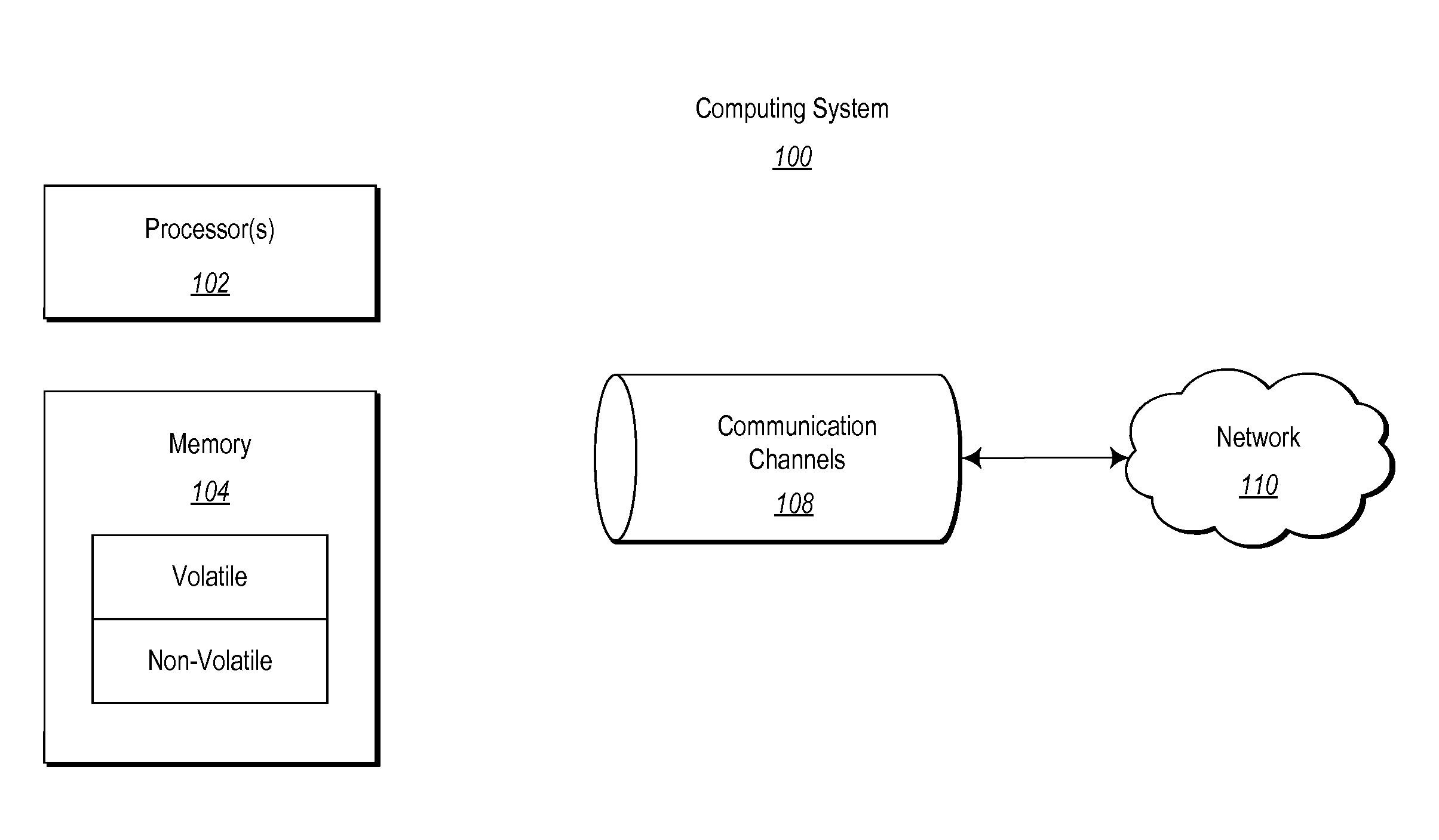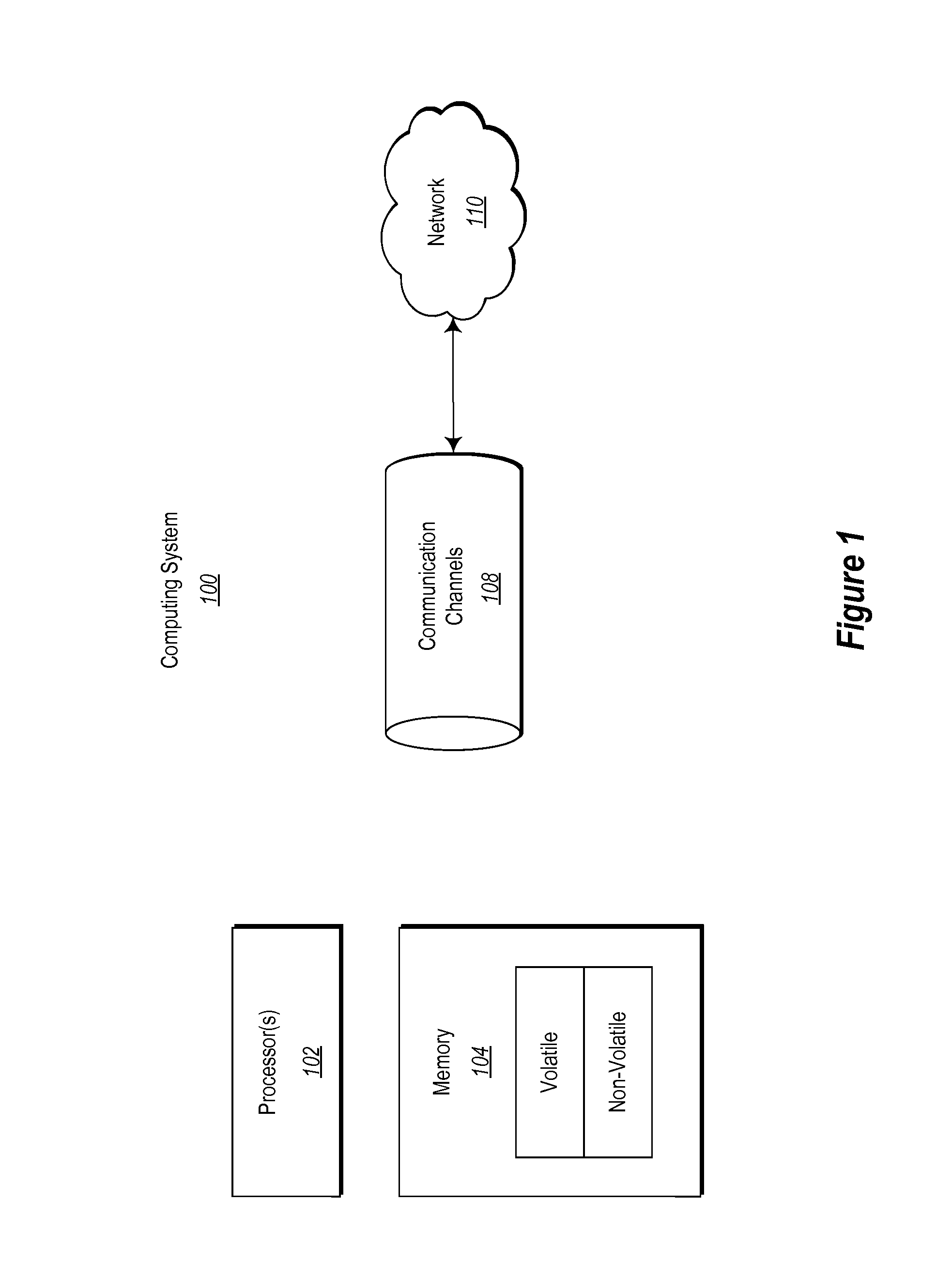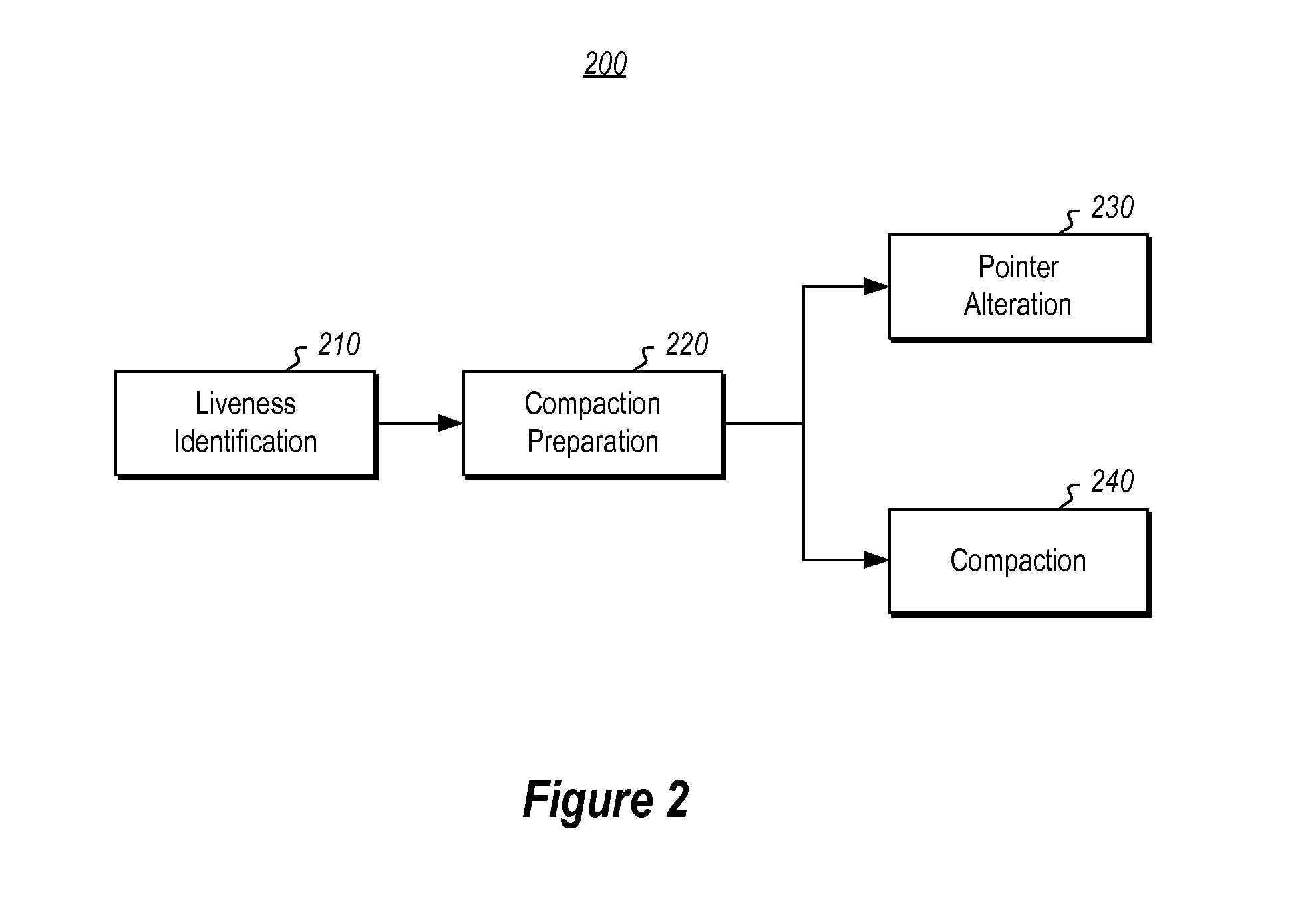Garbage collection of non-pinned objects within heap
- Summary
- Abstract
- Description
- Claims
- Application Information
AI Technical Summary
Benefits of technology
Problems solved by technology
Method used
Image
Examples
Embodiment Construction
[0020]At least some embodiments described herein relate to garbage collection of objects within the heap of a computing system, and movement of adjacent sets of live objects as a whole in order to perform compaction. Furthermore, the compaction may be performed even if there are adjacent sets of live objects that include one or more pinned objects that should not be moved by the garbage collector.
[0021]In one embodiment, the garbage collector performs the normal duty of distinguishing objects (called “live objects”) that are likely being used by active processes running on the computing system, and objects (called “dead” objects) that are not being used by active processes running on the computing system. The garbage collector may then treat the space occupied by dead objects as empty space and available for placement of other data, such as live objects.
[0022]The garbage collector prepares to perform compaction by identifying adjacent sets of live objects that are separated by gaps ...
PUM
 Login to View More
Login to View More Abstract
Description
Claims
Application Information
 Login to View More
Login to View More - R&D
- Intellectual Property
- Life Sciences
- Materials
- Tech Scout
- Unparalleled Data Quality
- Higher Quality Content
- 60% Fewer Hallucinations
Browse by: Latest US Patents, China's latest patents, Technical Efficacy Thesaurus, Application Domain, Technology Topic, Popular Technical Reports.
© 2025 PatSnap. All rights reserved.Legal|Privacy policy|Modern Slavery Act Transparency Statement|Sitemap|About US| Contact US: help@patsnap.com



